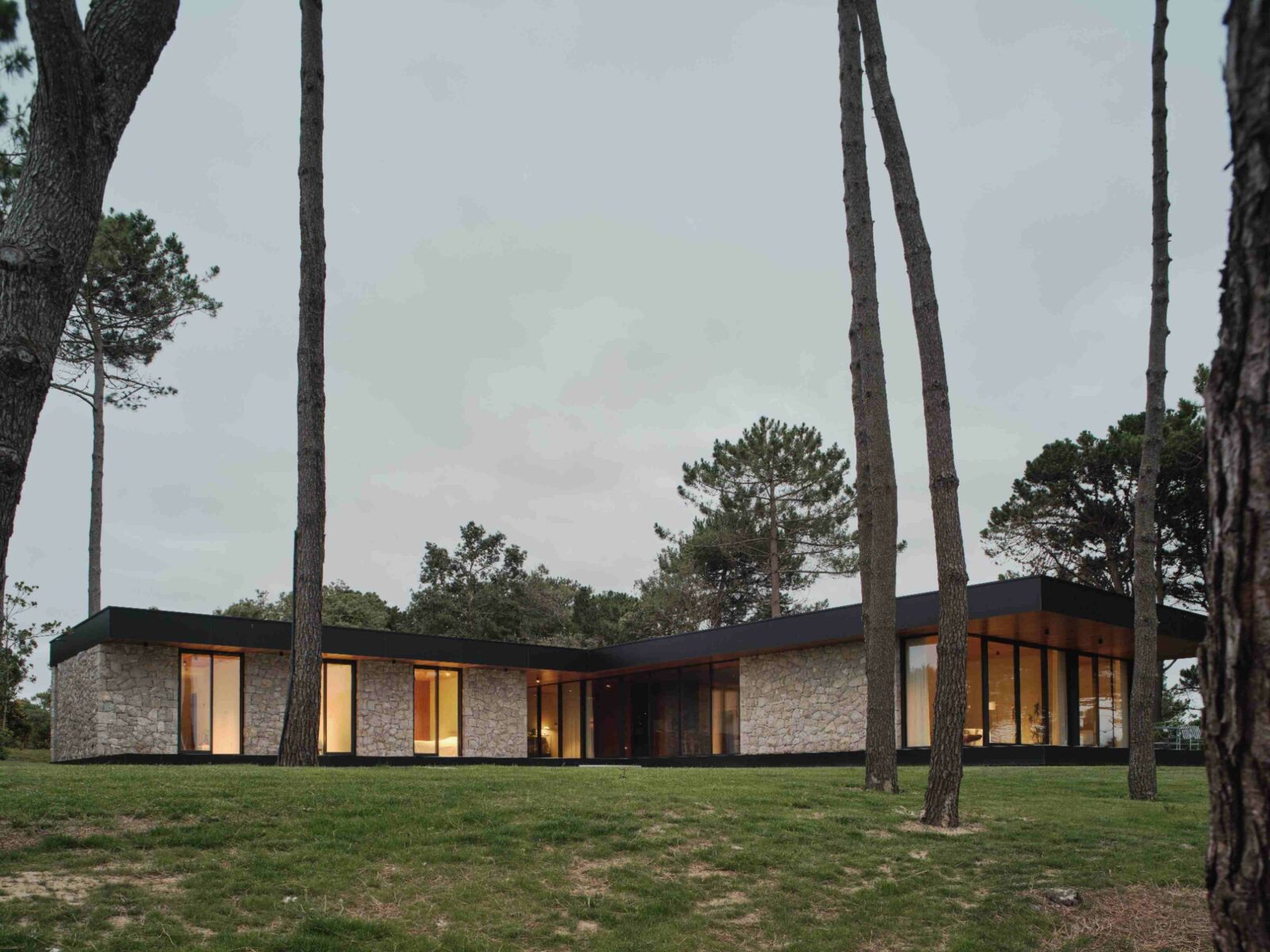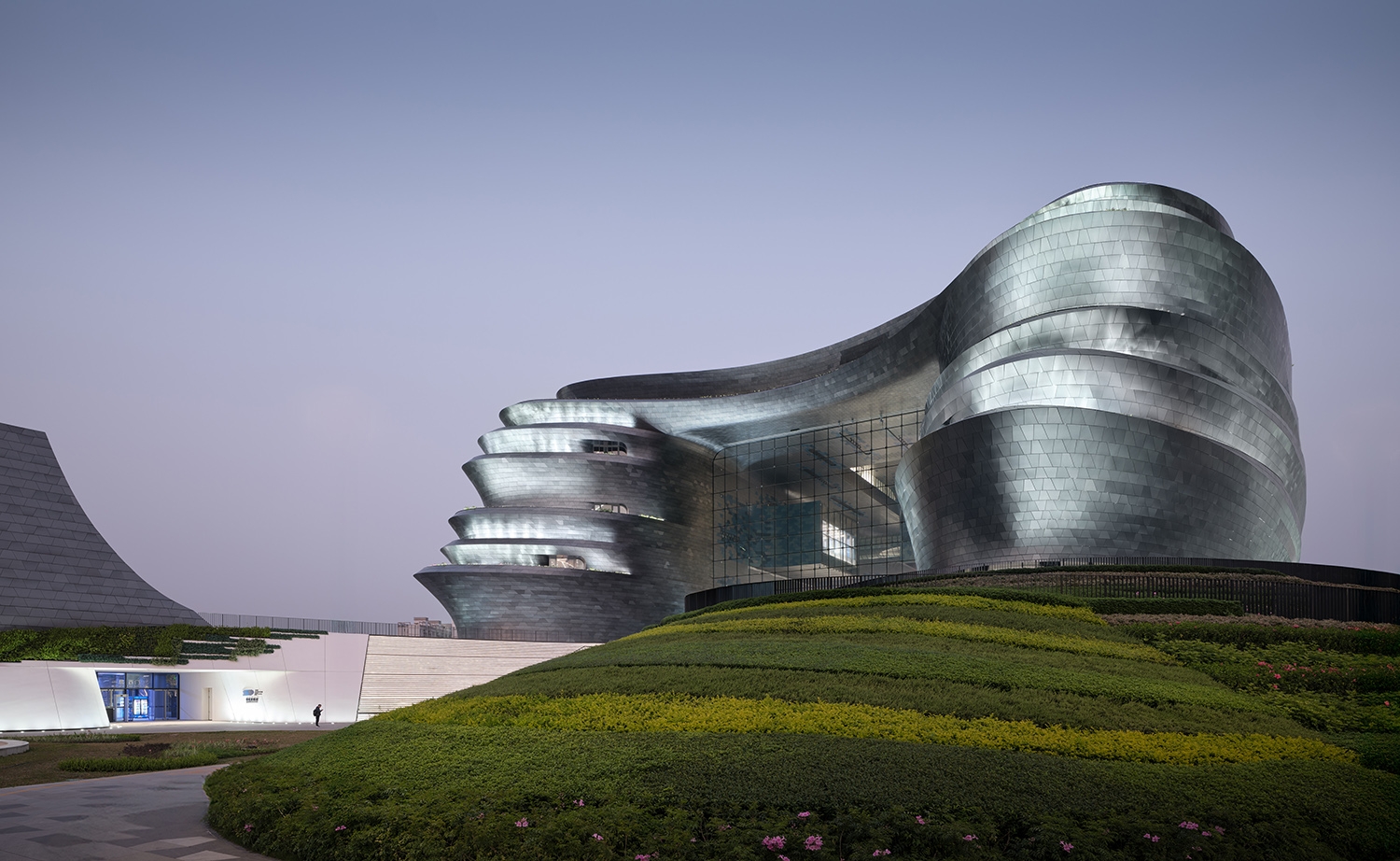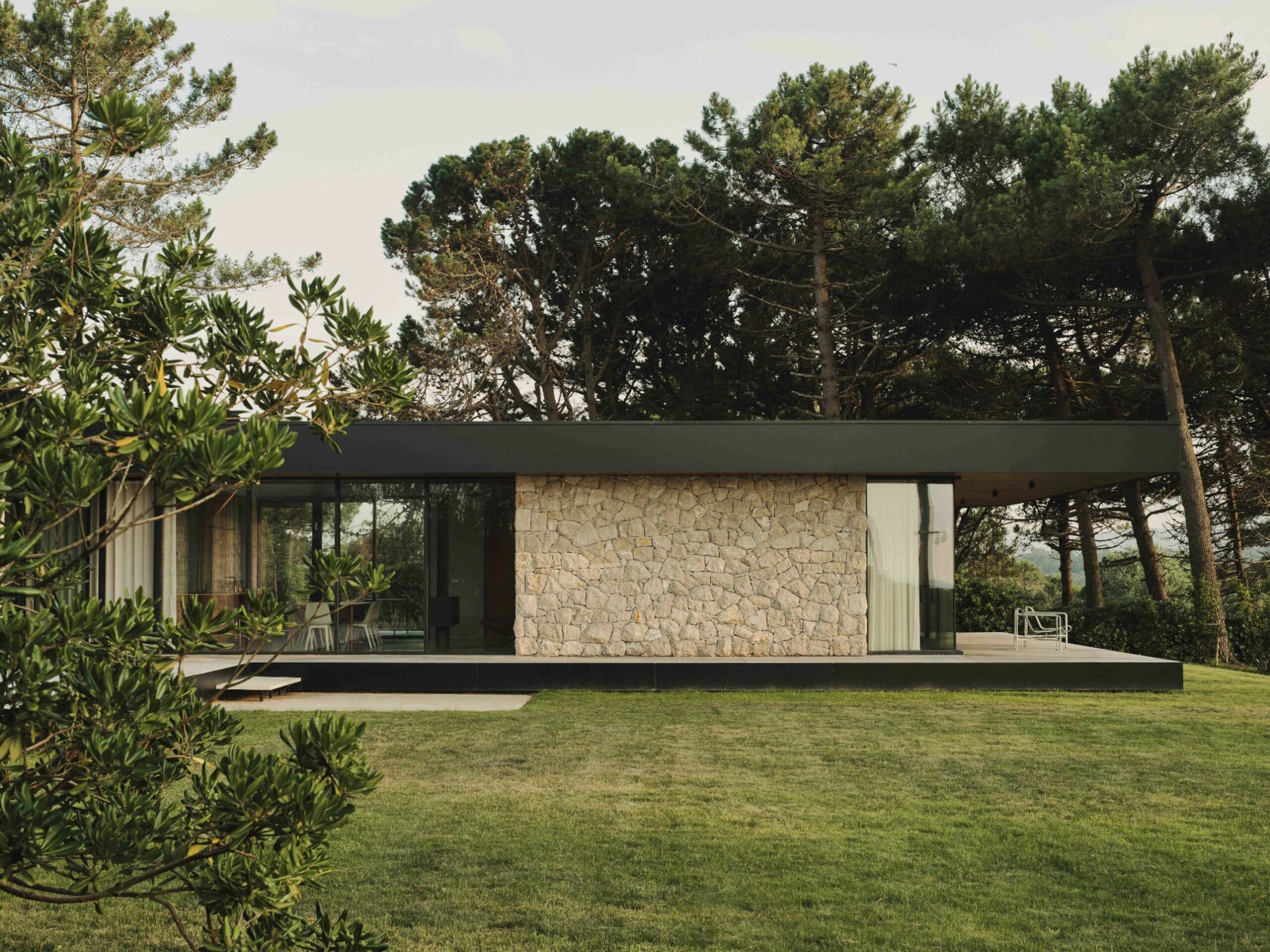Header: David Zarzoso
Casa Loredo is the second single-family residence in the series titled “New Vernacular Architecture of the Cantabrian Coast” (NAVC), designed by Zooco Estudio. Located in the Cantabrian town from which it takes its name, this dwelling reinterprets the traditional building techniques of the region, adapting them to contemporary needs. Using a series of commissions along the Cantabrian coast, NAVC aims to demonstrate that an architecture blending tradition and modernity is achievable.
Existing regulations are often based on outdated traditions, which presents a challenge when designing modern homes that respect both the context and the historical fabric of the place.
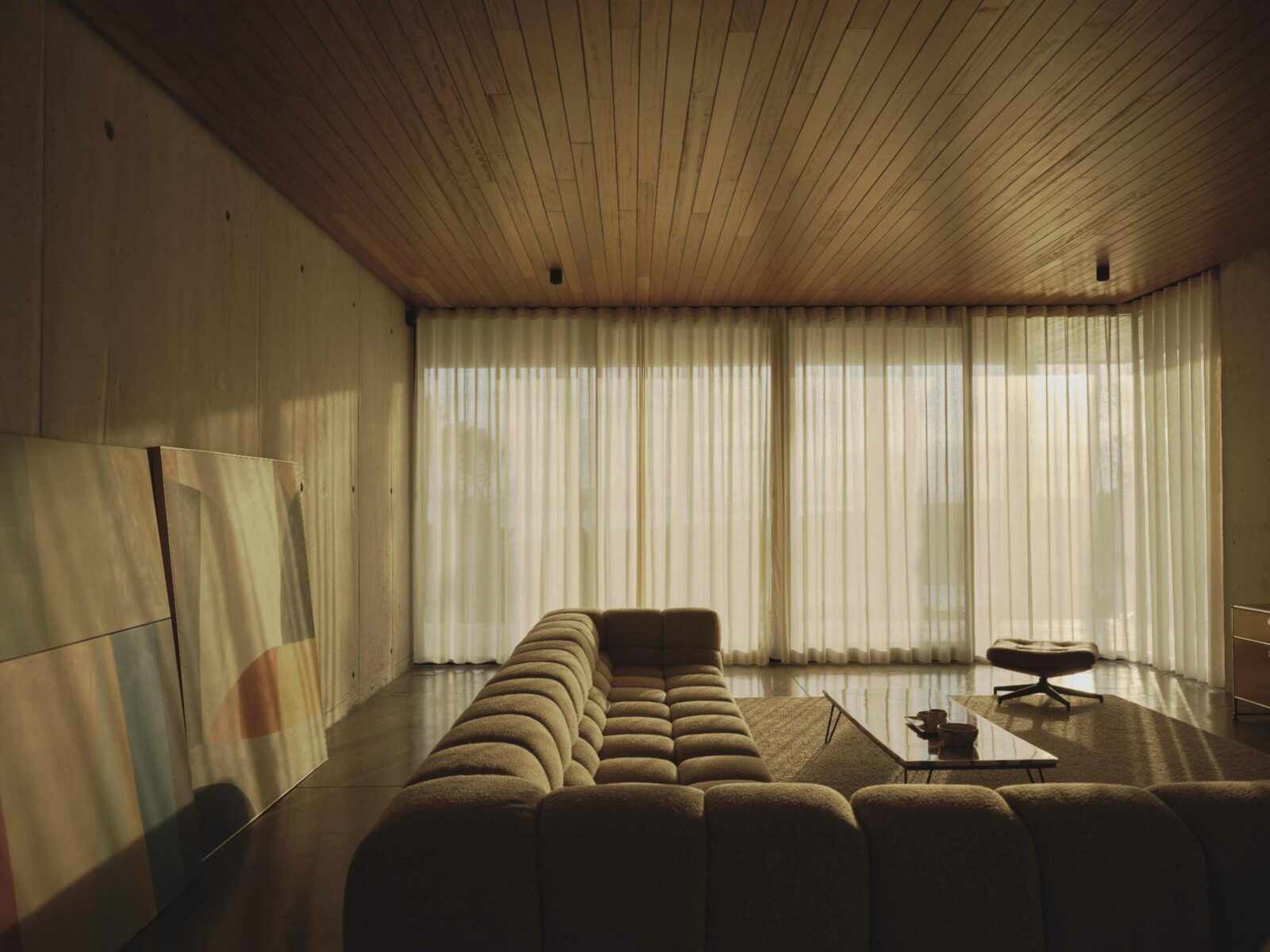
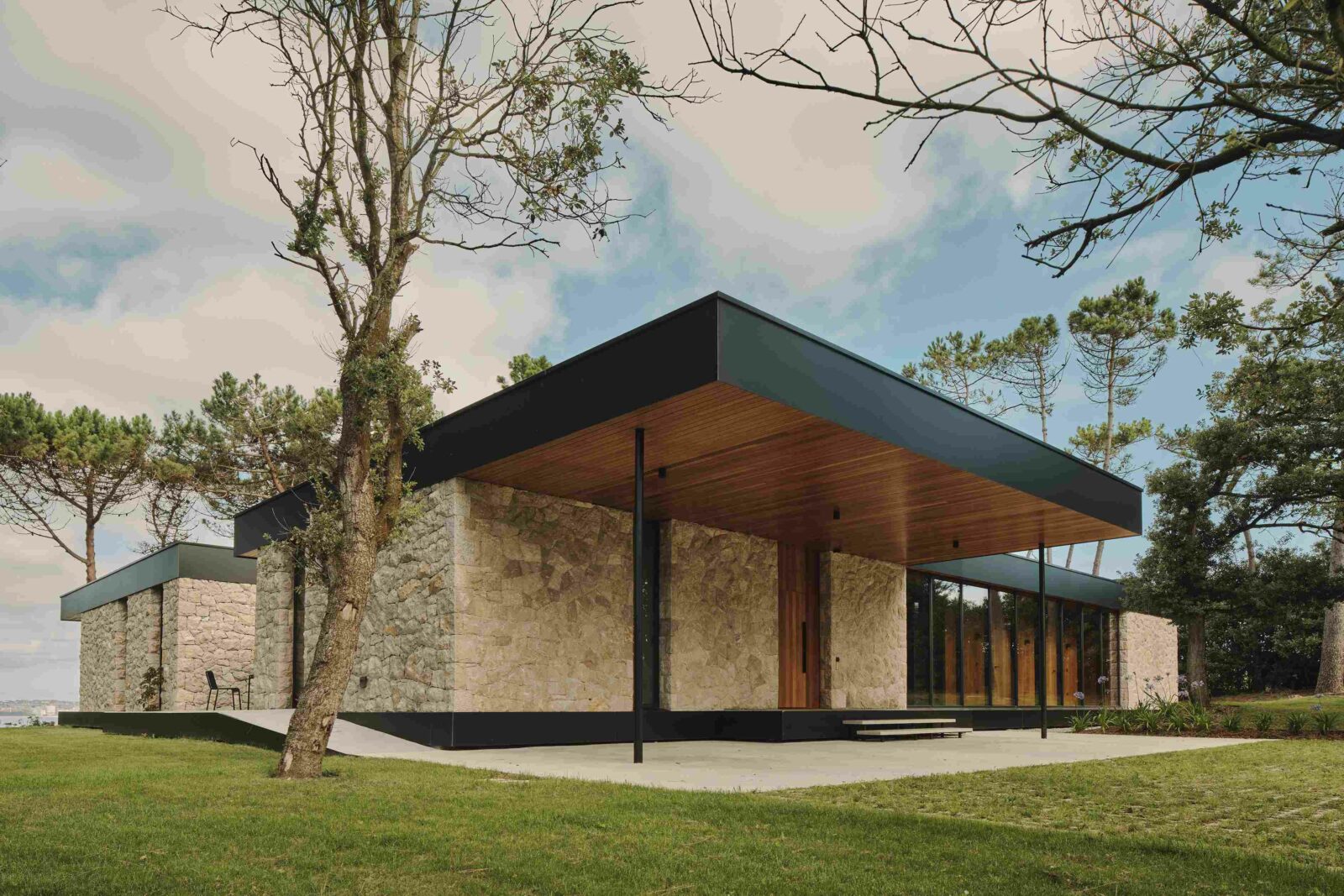
A viewpoint of the sea
Set on the shores of the Cantabrian Sea and surrounded by pines and holm oaks, Casa Loredo occupies an elongated plot with open views to the northwest, toward the city of Santander across the bay. The landscape was a central consideration in the design, with the house conceived as a grand lookout. Its expansive glazed surfaces foster a deep connection with the surroundings and enhance the sensation of proximity to the sea.
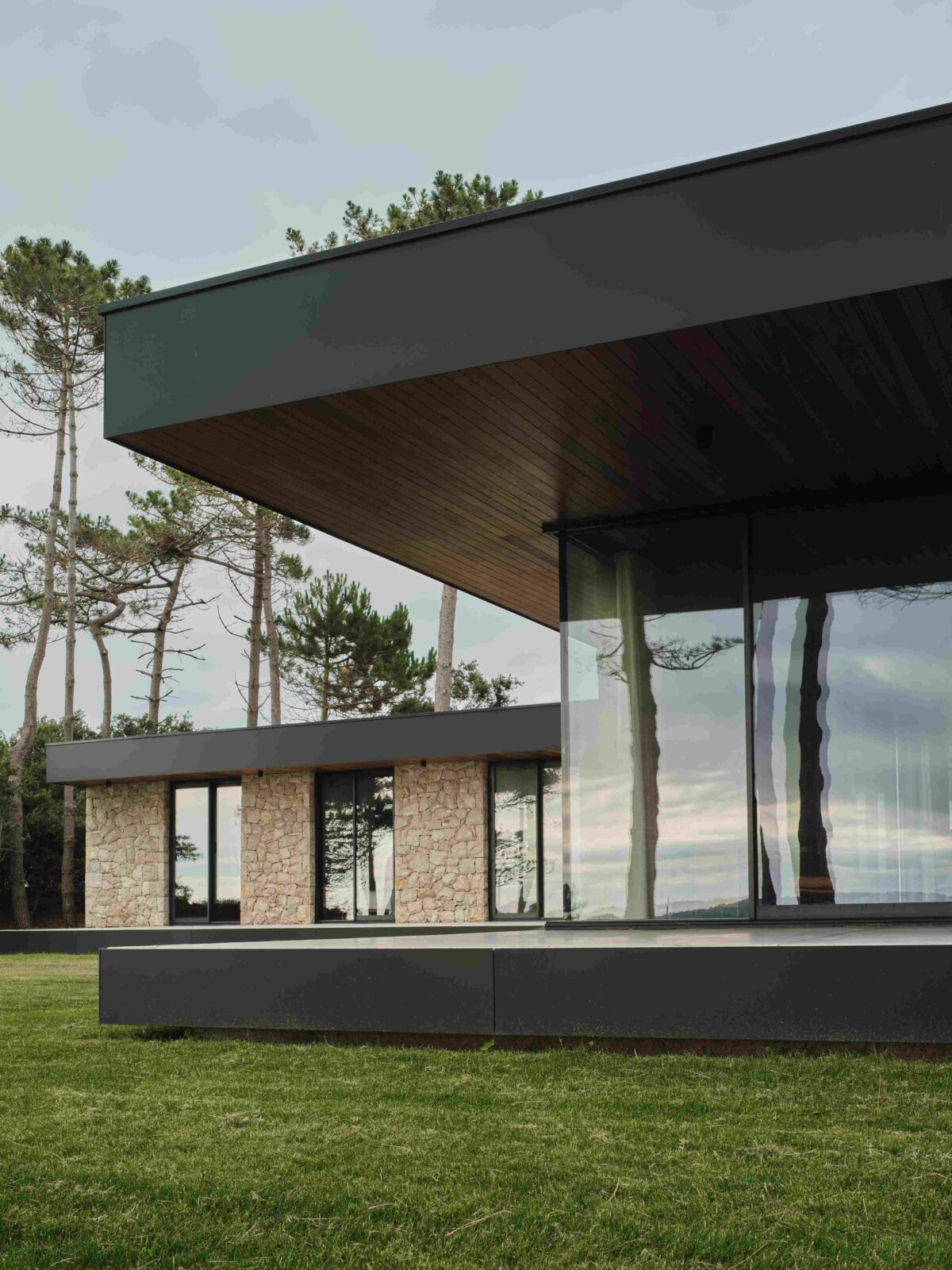
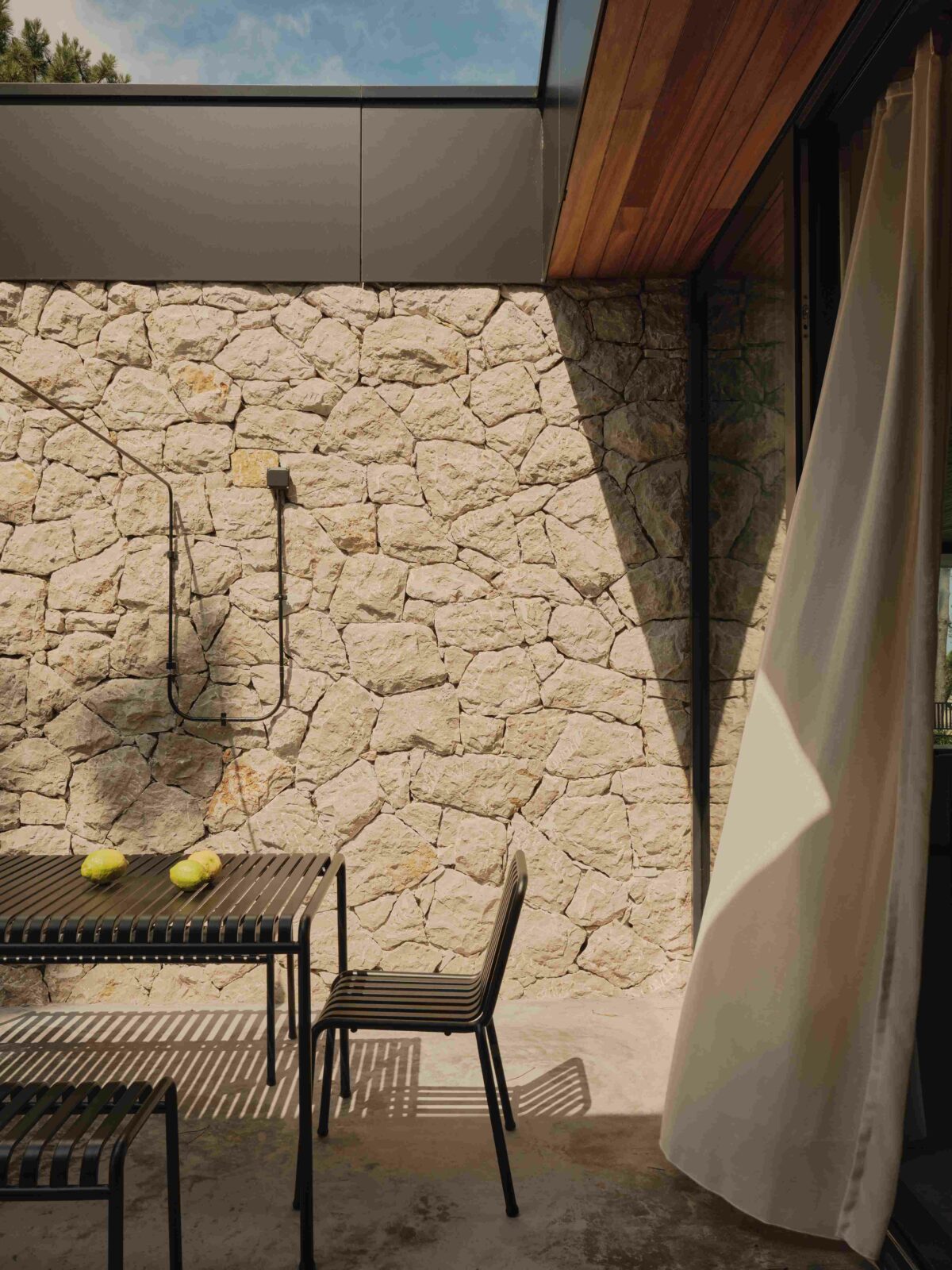
Materiality and tradition
Casa Loredo is a statement of intent regarding materiality, reflecting honesty, authenticity, and respect for tradition. Vernacular construction techniques have been reinterpreted and integrated into a contemporary architectural language. The façade embodies the project’s philosophy through limestone masonry, a craft technique evoking purity and tradition. This approach allows the house to blend into its natural context and reinforces its Cantabrian identity.
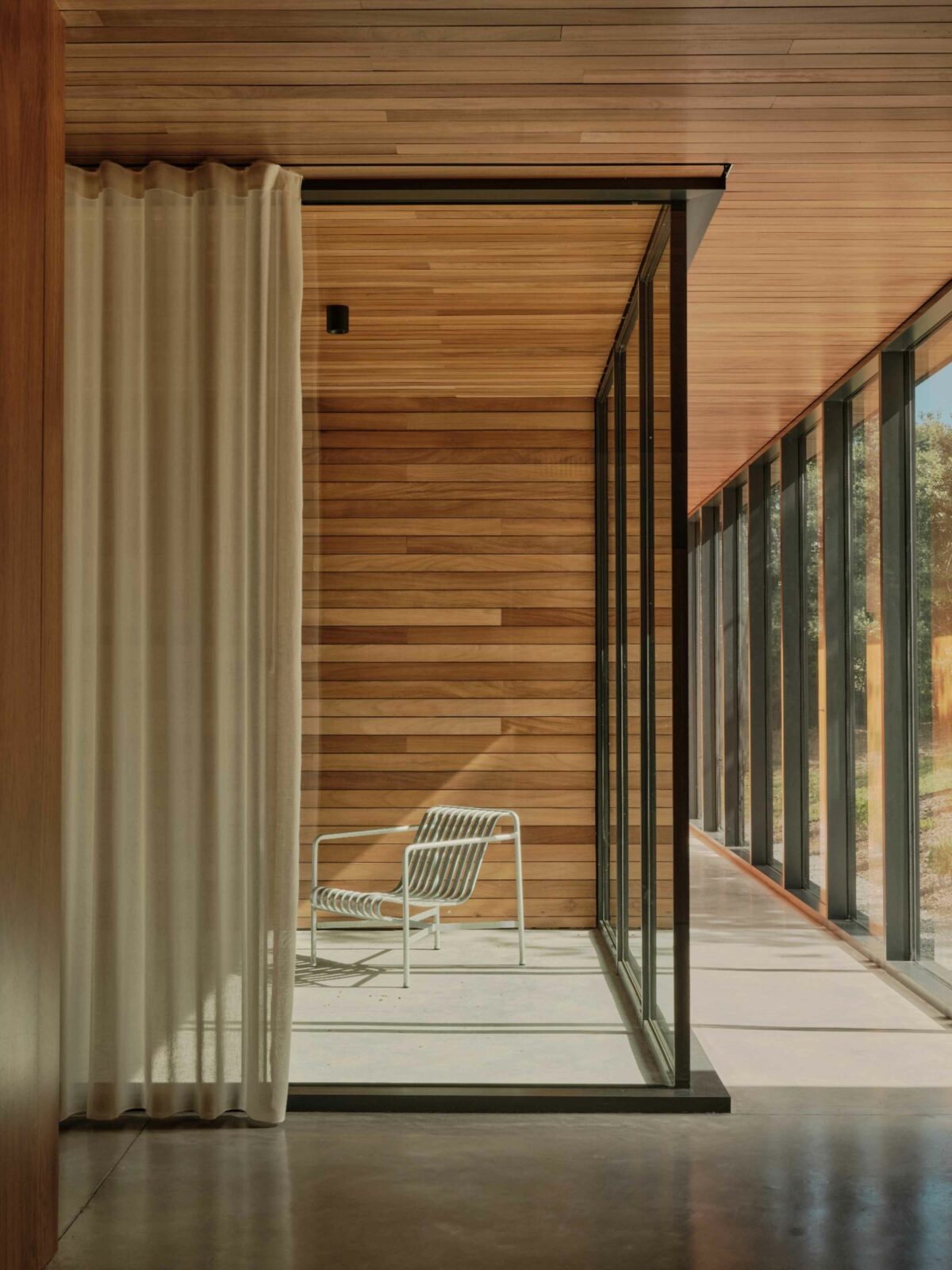

Response to the environment
The house’s orientation entails direct exposure to the winds and rains of the Cantabrian Sea, presenting a design challenge. To mitigate these effects, strategies such as sheltered courtyards, porches, and overhanging eaves have been employed to provide refuge from the elements.
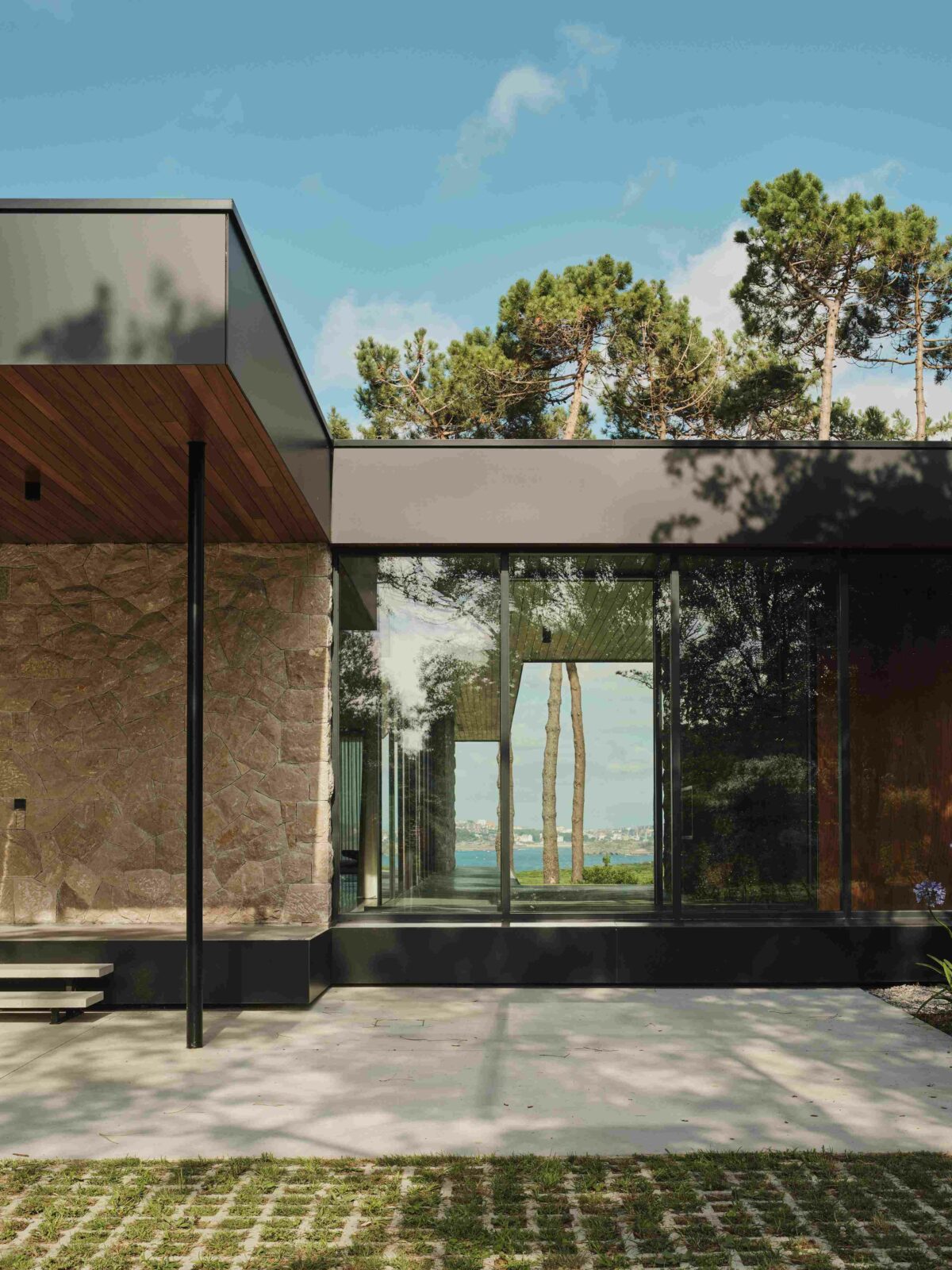
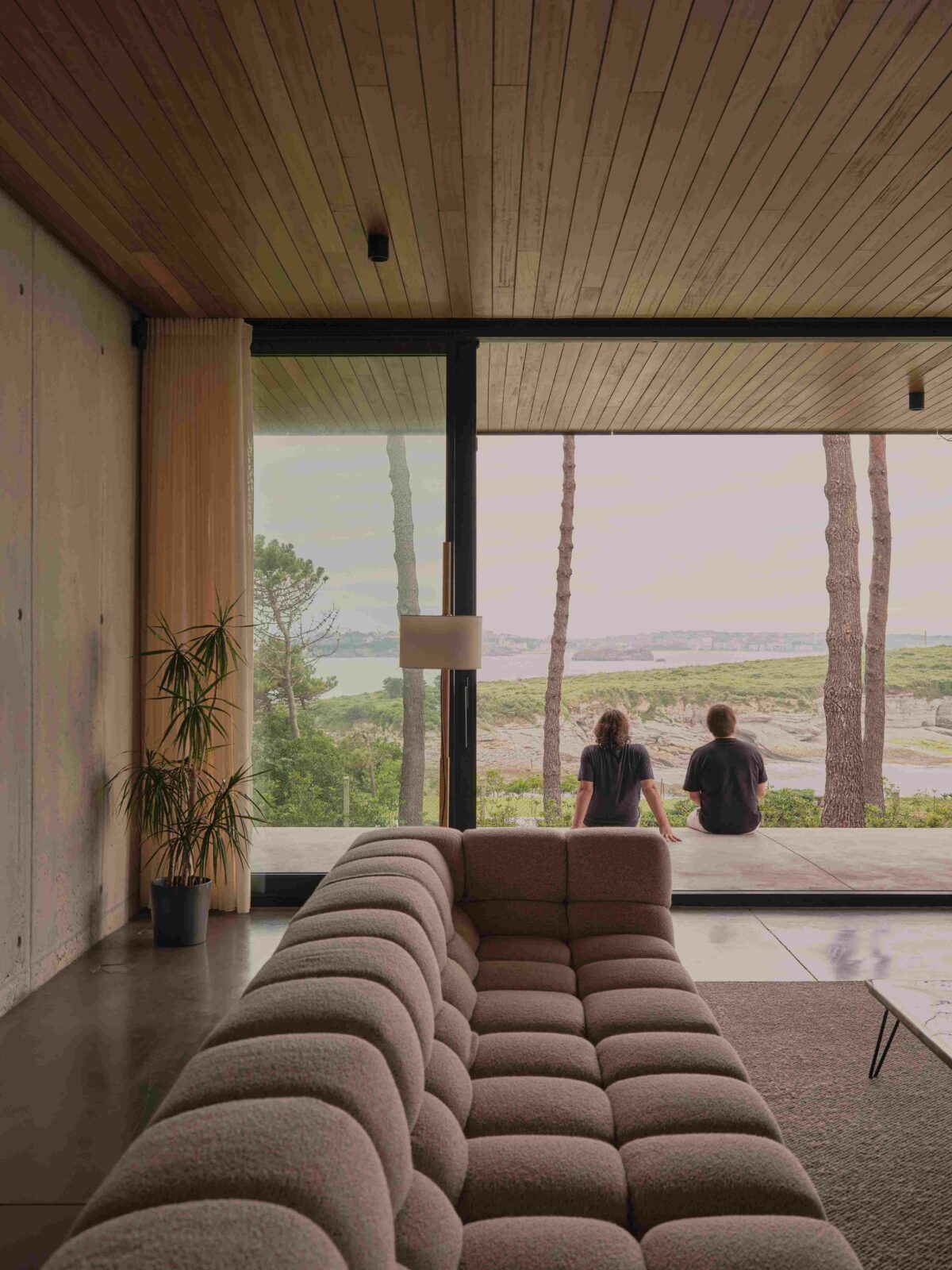
Spatial organisation
The dwelling is arranged around an L-shaped floor plan, with two wings that can function independently or as a whole. The east-west wing houses the common areas and the master bedroom, forming the most frequently used part of the home. In contrast, the north-south wing is dedicated to guest rooms. This layout becomes apparent at the entrance, where the two wings converge. The interplay of solid and void and visual transparency allow the sea to be visible from the entrance, reinforcing the connection to the landscape.
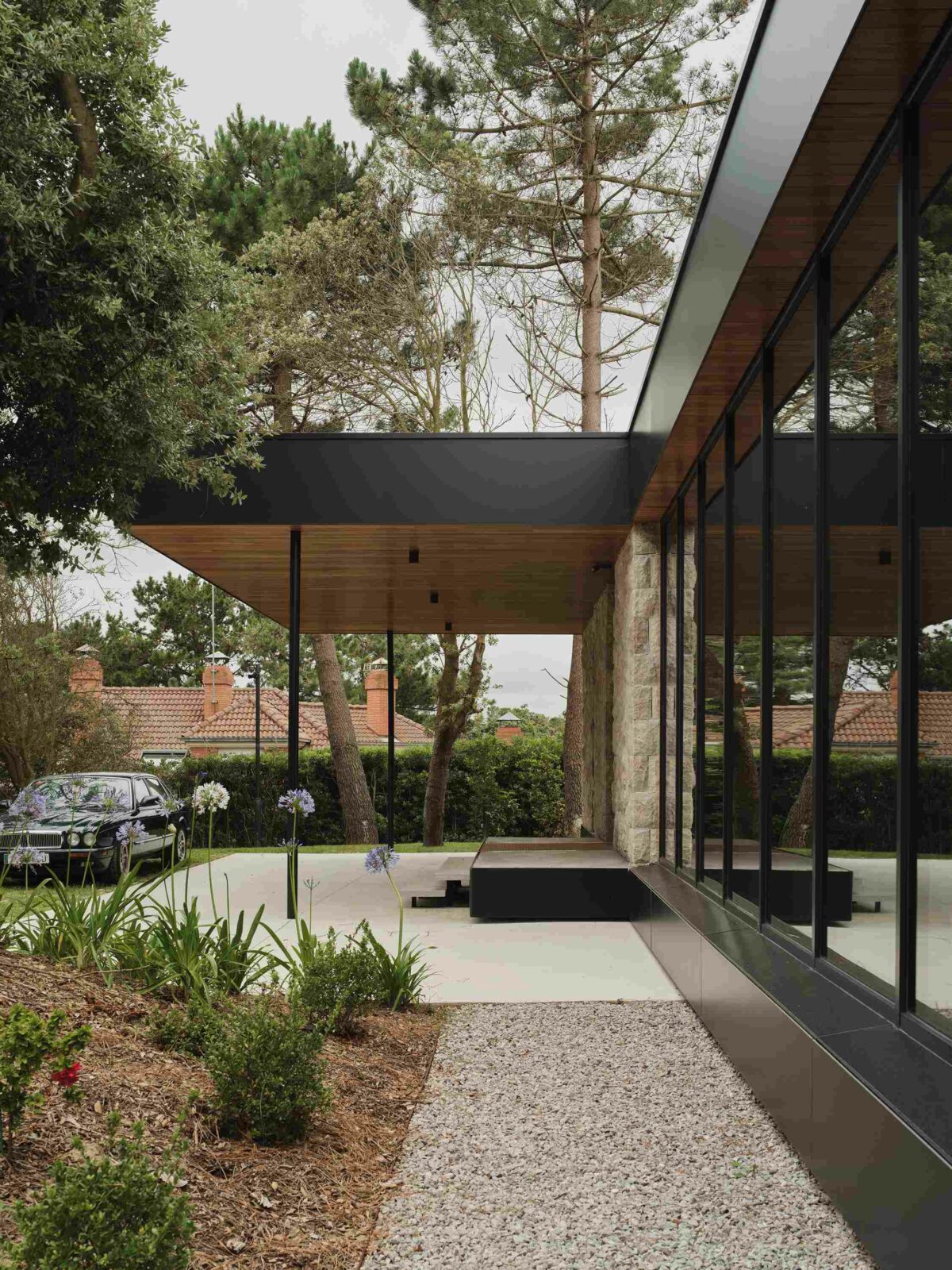
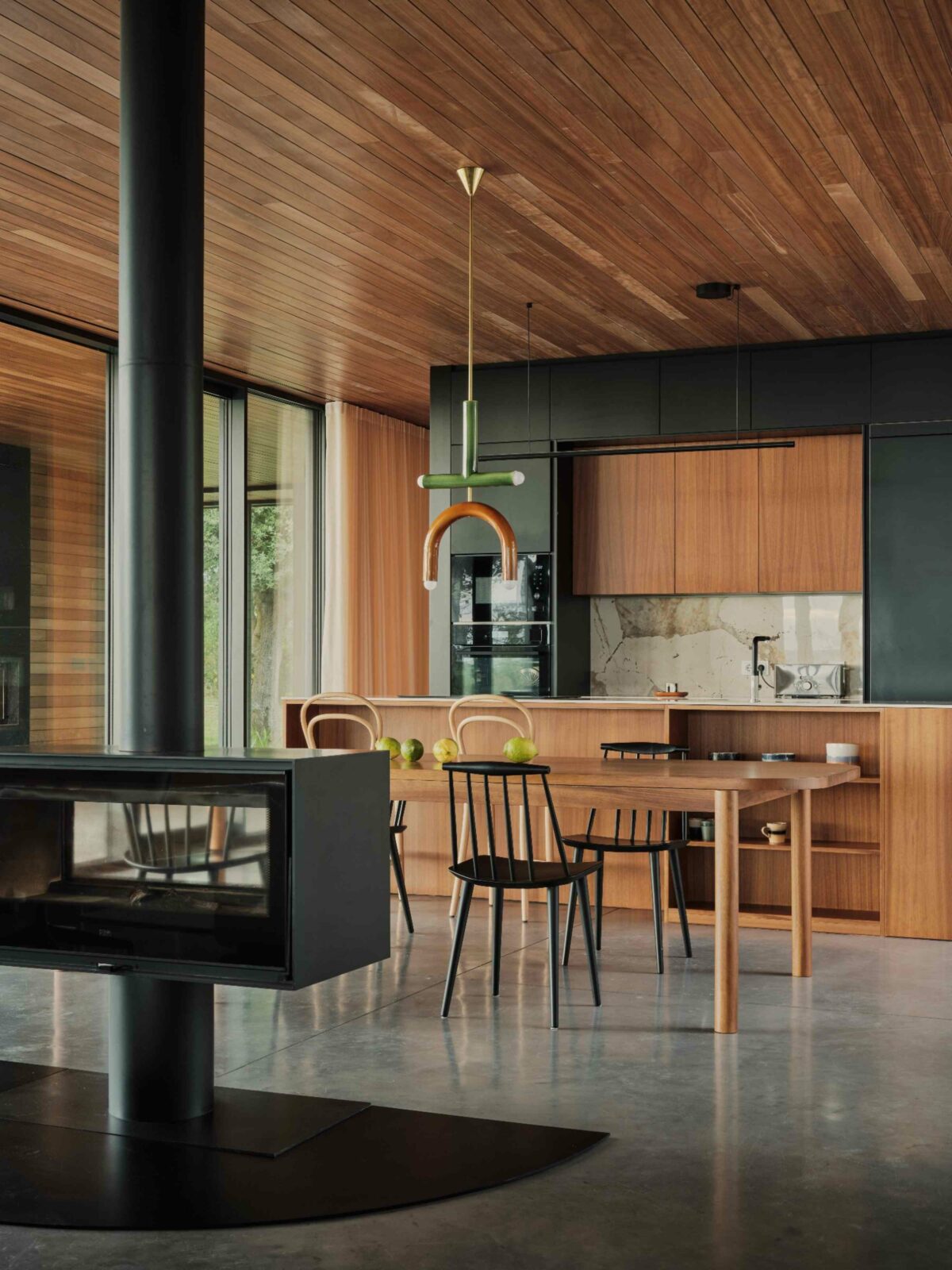
Reinterpretation of materials
A cornerstone of the project is the reinterpretation of traditional materials. The limestone masonry walls, characteristic of Cantabrian architecture, are employed innovatively. Wood appears in select sections of the wall surfaces and plays a central role in exterior and interior ceilings, arranged in slats that emphasise the home’s directional orientation toward the sea. The house’s structure is composed of reinforced concrete shear walls alternating with glass panels, shaping the architecture dynamically and functionally.

